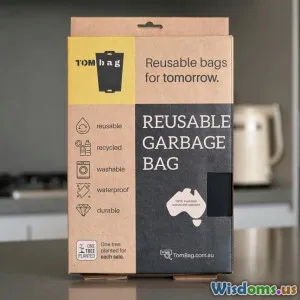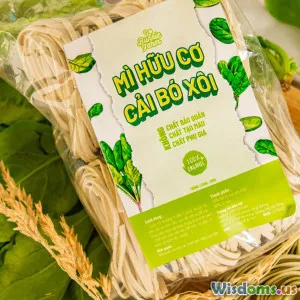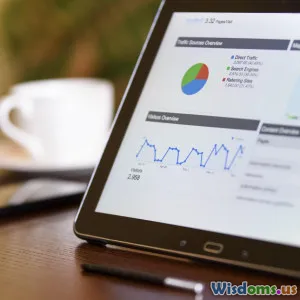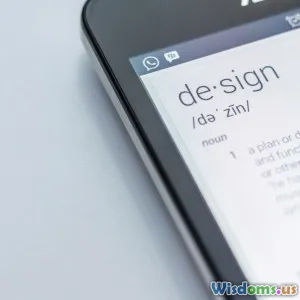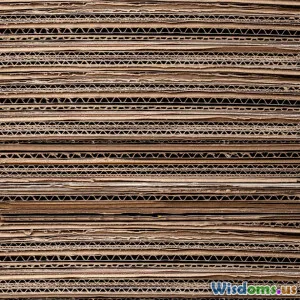
Beginner Guide to Eco Friendly Packaging for Small Businesses
17 min read A step-by-step beginner guide to eco friendly packaging for small businesses looking to reduce environmental impact and boost their green branding. (0 Reviews)
Beginner Guide to Eco Friendly Packaging for Small Businesses
Imagine this: You’ve just launched your dream business—maybe you’re making brilliant bracelets or selling signature roasted coffee. The orders start rolling in, but customers begin asking, “Will my order arrive in eco-friendly packaging?” In today’s climate-conscious world, small businesses can stand out (and even save money) by adopting sustainable packaging practices. Here’s your actionable, insightful guide to getting started with eco-friendly packaging, tailored for small businesses ready to make a difference.
Why Eco Friendly Packaging Matters

The world generates over 300 million tonnes of plastic waste annually, with almost half from packaging. This overwhelming figure translates to mounting environmental pressure—and changing consumer attitudes. Recent surveys indicate that nearly 72% of consumers are willing to pay more for products with sustainable packaging. For small businesses, aligning with these attitudes isn’t just a good deed; it’s a savvy business strategy.
Case in Point:
- Lush Cosmetics—known for minimal and reusable packaging, has built immense customer loyalty.
- Noissue, a packaging provider for small businesses, launched its compostable mailing bags and succeeded because they fill a clear market need for environmental concern and branding.
Eco-friendly packaging reduces your carbon footprint, improves your brand reputation, and in many cases, can even lower long-term costs through material reduction or reusability.
Types of Eco Friendly Packaging Materials
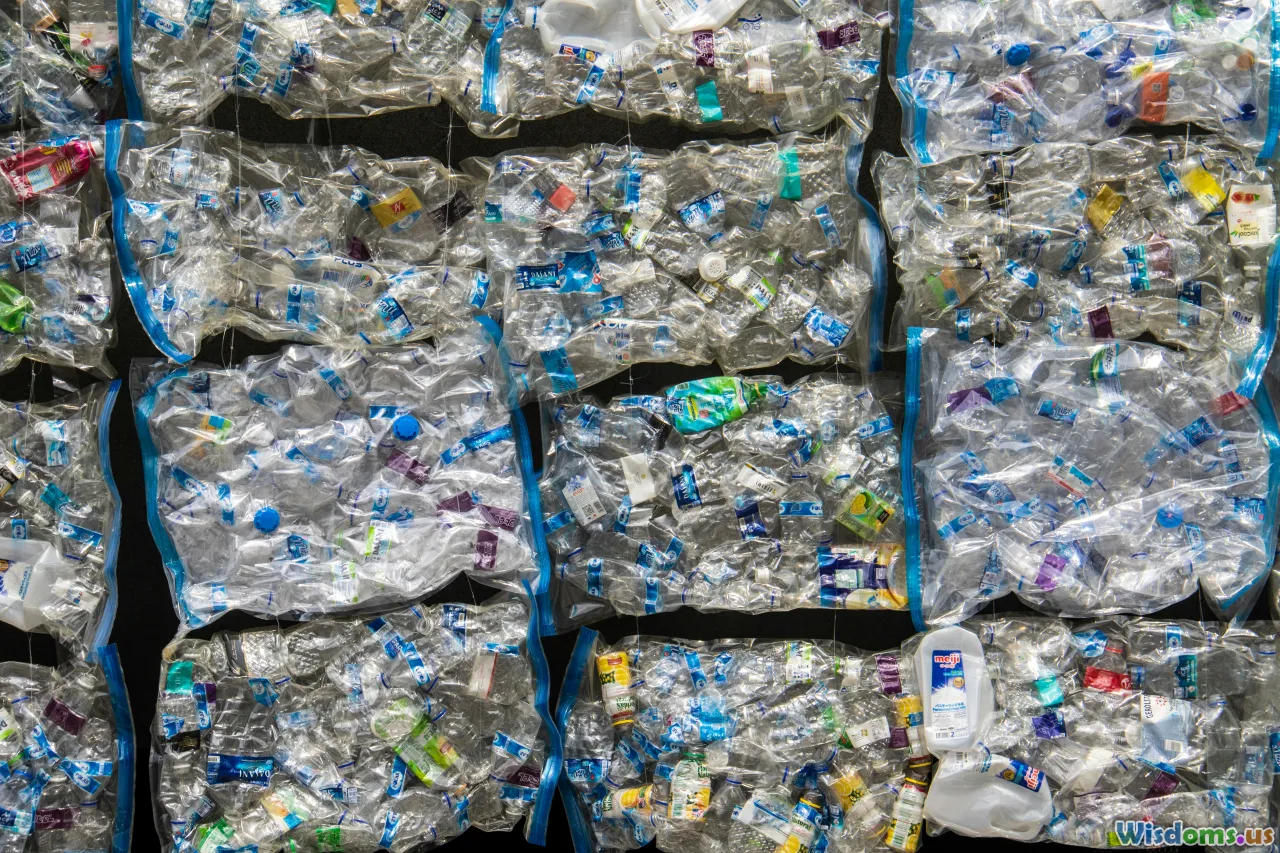
Navigating sustainable packaging isn’t just about swapping plastic for paper. Here are some smart, accessible options:
1. Recyclable Packaging
Common items: cardboard boxes, paper envelopes, and glass containers. For instance, the humble corrugated cardboard box is super sturdy, widely recyclable, and perfect for shipping.
2. Biodegradable and Compostable Materials
Bioplastics (like PLA), mushroom packaging, or cornstarch-based loose fill decompose quickly without leaving toxins behind. For example, Ecovative produces mushroom packaging that composts within weeks and safeguards fragile items effectively.
3. Reusable Packaging
Cloth bags or sturdy tins customers can repurpose. The shoe brand Allbirds ships in a box that doubles as a mailer, saving material and encouraging reuse.
4. Plant-Based or Renewable Materials
Bagasse (sugarcane pulp), bamboo, palm leaves. These materials are sustainable because they’re rapidly renewable and require less energy to produce.
5. Minimalist Packaging
Using just enough material to protect the product reduces waste and shipping costs. Brands like Package Free Shop ship orders with minimal wrappings, often with recycled paper.
Pro tip: Always clearly label what is recyclable or compostable and provide disposal instructions for your customers.
Evaluating Your Packaging Needs

Before hitting the checkout button for new packaging materials, analyze your small business’s specific needs:
- Product size and fragility: Are your items delicate jewelry or robust books?
- Shipping distance: Shipping worldwide or local drop-offs?
- Branding goals: Does your business aim for a luxury, eco-chic, or minimalist vibe?
Step-by-step assessment:
- Make a list: Note everything you currently package and ship.
- Audit each product: How much padding is overkill? Can you cut ?
- Track complaints/returns: If damaged goods are rare, scale back packaging.
Example: A candle maker noticed most breakage occurred over international shipments, but not domestically. She reserved sturdy (reusable) packing for international orders, and shipped with recycled kraft paper locally, halving both costs and carbon impacts.
How to Source Sustainable Packaging Suppliers
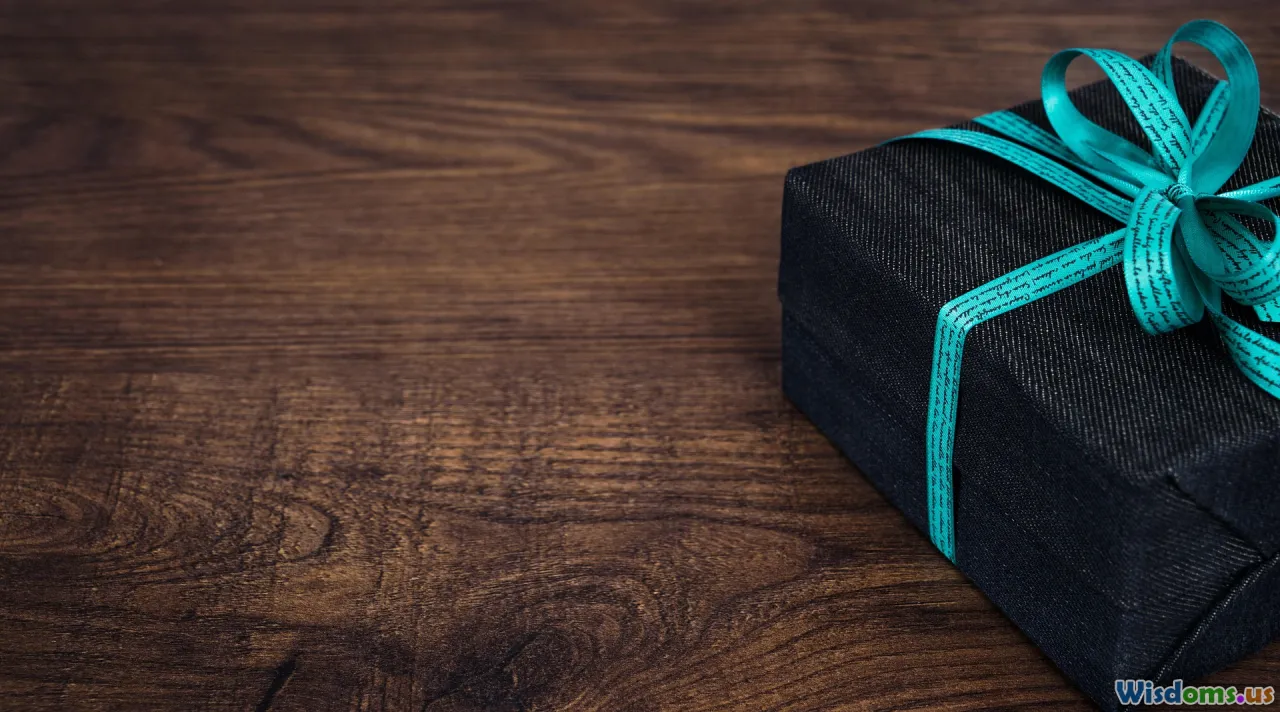
With rising demand, a plethora of suppliers now cater to sustainability-minded small businesses. Here’s how to pick the right one:
Where to Look
- Noissue offers custom tissue paper, tape, and mailers—all compostable/recycled.
- EcoEnclose specializes in everything from poly-mailers made from 100% recycled plastics to 100% recycled corrugated boxes.
- Packhelp enables low minimum orders for branded sustainable packaging in Europe.
- Local print and packaging shops are worth visiting for lower carbon shipping footprints.
Evaluating Suppliers
Key questions to ask:
- Are their materials certified (look for FSC, Cradle to Cradle, BPI Compostable logos)?
- What are minimum order quantities?
- Will samples be provided for quality testing?
- Can they help with custom branding, or have design templates?
Affordability Hints
Reduce costs with bulk purchases only when needed. Many suppliers offer discounts for quarterly orders, minimizing waste and storage needs.
Tip: Ask your network or social groups/apps like LinkedIn or industry-specific Facebook groups for recommendations based on experience.
Customizing Eco Friendly Packaging for Your Brand
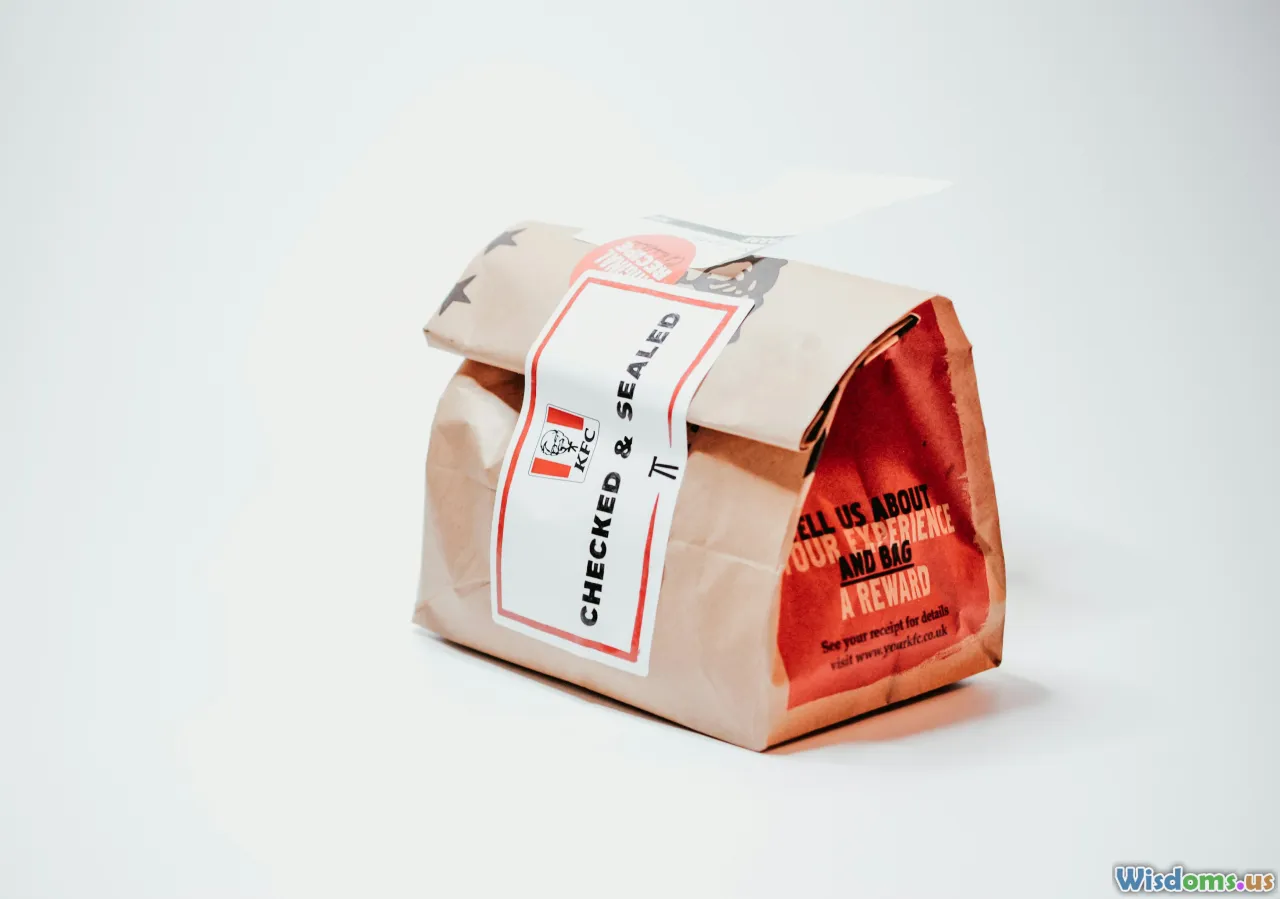
Eco doesn’t mean sacrificing identity—thoughtful green packaging can strengthen your brand. Here’s how to blend sustainability with the unforgettable unboxing experience:
- Printed Eco Materials: Use soy- or water-based inks on bags and boxes. Minimalist designs on kraft or white backgrounds evoke a modern, earth-friendly style.
- Stickers and Tape: Custom, compostable stickers or water-activated, recyclable tape add personality while remaining sustainable. Shopify store ‘Plantiful Soul’ stands out with branded, illustrated biodegradable tape.
- Thank You Cards: Use post-consumer recycled paper for notes. Offer seed paper (embedded with wildflower seeds) for a memorable touch.
Practical advice: Consistent branding helps customers recognize and connect with your values—don’t be shy showcasing sustainability in your packaging through on-pack icons, hashtags, or QR codes linking to your green story.
Affordable Switches for Emerging Brands

Eco packaging isn’t always pricier. Some approaches can even save you money while delighting your customers:
- Reuse Clean Materials: Collect clean packing peanuts, bubble wrap, and boxes from your own deliveries. Many brands—like ‘Etsy sensation’ Home & Hound—include a note explaining reused packaging to customers.
- Flat-rate Mailers: USPS and other postal services offer eco-conscious, recyclable mailers at no charge.
- DIY Filler: Shred scrap paper or cardboard into packaging ‘nest.’
- Bulk Buy Responsibly: Split larger orders with other nearby micro-businesses.
Caution: Always ensure reused or alternative materials are clean and don’t compromise the unboxing experience (i.e., avoid using printed grocery bags or plastic grocery bags unless fully sanitized and appropriate).
Customer Communication Example:
“We prioritize low-waste, so your box may contain recycled or previously used packing material—thank you for supporting our planet!”
Green Packaging Certification and What They Mean
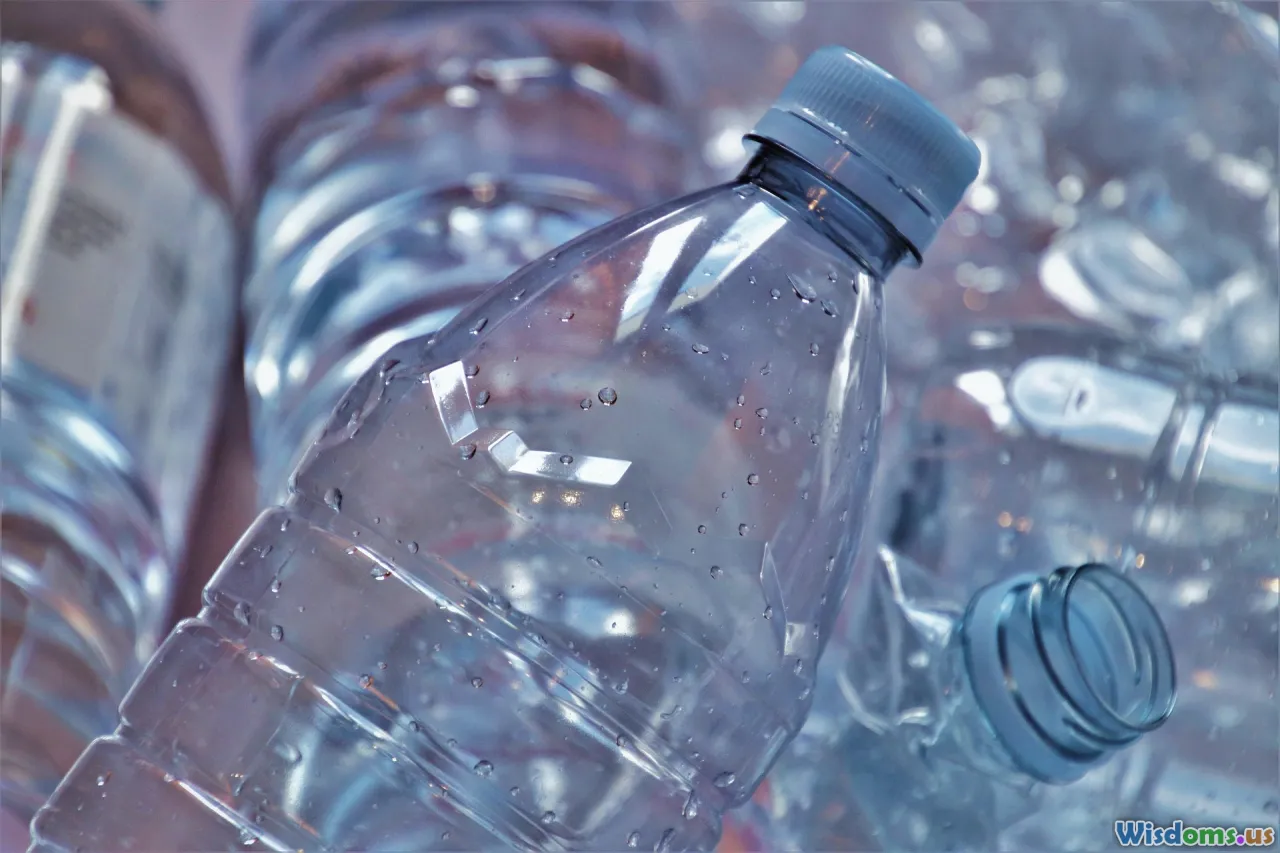
Navigating certifications stands as crucial proof for your eco-claims—and reassurance for your customers. Familiarize yourself with the following labels:
- FSC (Forest Stewardship Council): Ensures all paper or wood-based packaging is sustainably sourced.
- BPI Compostable: Tells you packaging composts in commercial or home compost settings.
- Cradle to Cradle and Green Seal: Indicate holistic sustainability is considered—from production materials to end-of-life disposal.
- Recycling Codes (♻️ #1 #2 #4, etc.): Tell customers how to recycle or dispose properly.
Pro tip: Genuine certifications matter. Avoid greenwashing by displaying only authentic, relevant labels—misuse can damage your credibility.
Real Example:
- Patagonia publishes a full list of certs each item (and its packaging) carries, building trust and loyalty among its glued-on fanbase.
Packaging Design Tips: Functionality and Appeal
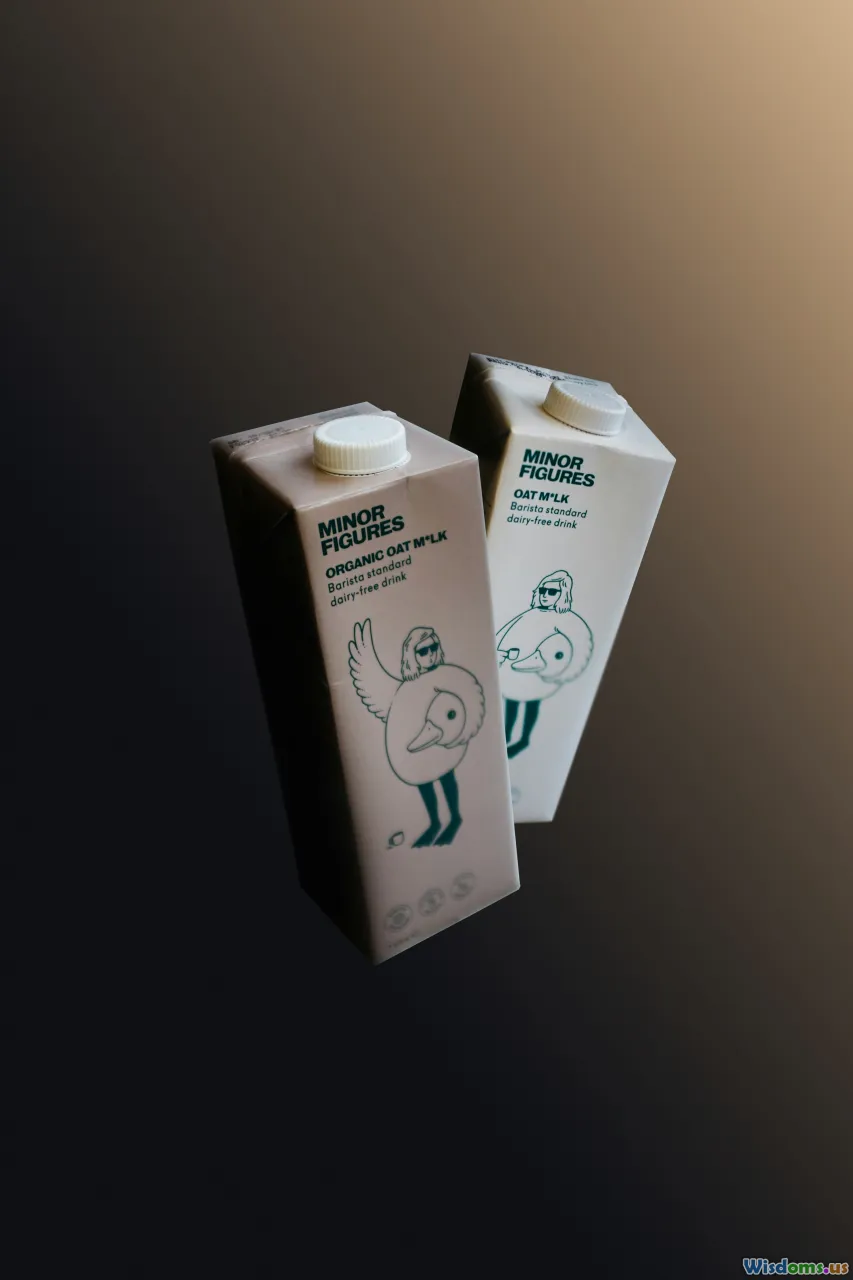
Stylish, functional packaging boosts repeat buyers and furthers your environmental goals.
- Prioritize Fit: Select box or mailer sizes that closely fit your products to minimize filler and reduce material.
- Easy Disposal: Clear labeling helps customers know which bin or compost pile materials go to.
- Design for Reuse: Add a zipper, button, or magnetic closure to envelopes, making them repurposable (favorite for crafters and gift-givers!).
- Flat Design: Use flat packaging where possible. For example, fashion brand Girlfriend Collective employs poly bags from recycled water bottles—sized to fit leggings, not air.
Case Study:
@craftykendoll on Instagram credits repeat business to her custom-branded, minimalist paper boxes with preprinted eco disposal instructions: “I want my customers to enjoy the experience—and discard packaging guilt-free.”
Unboxing Experience with a Green Twist
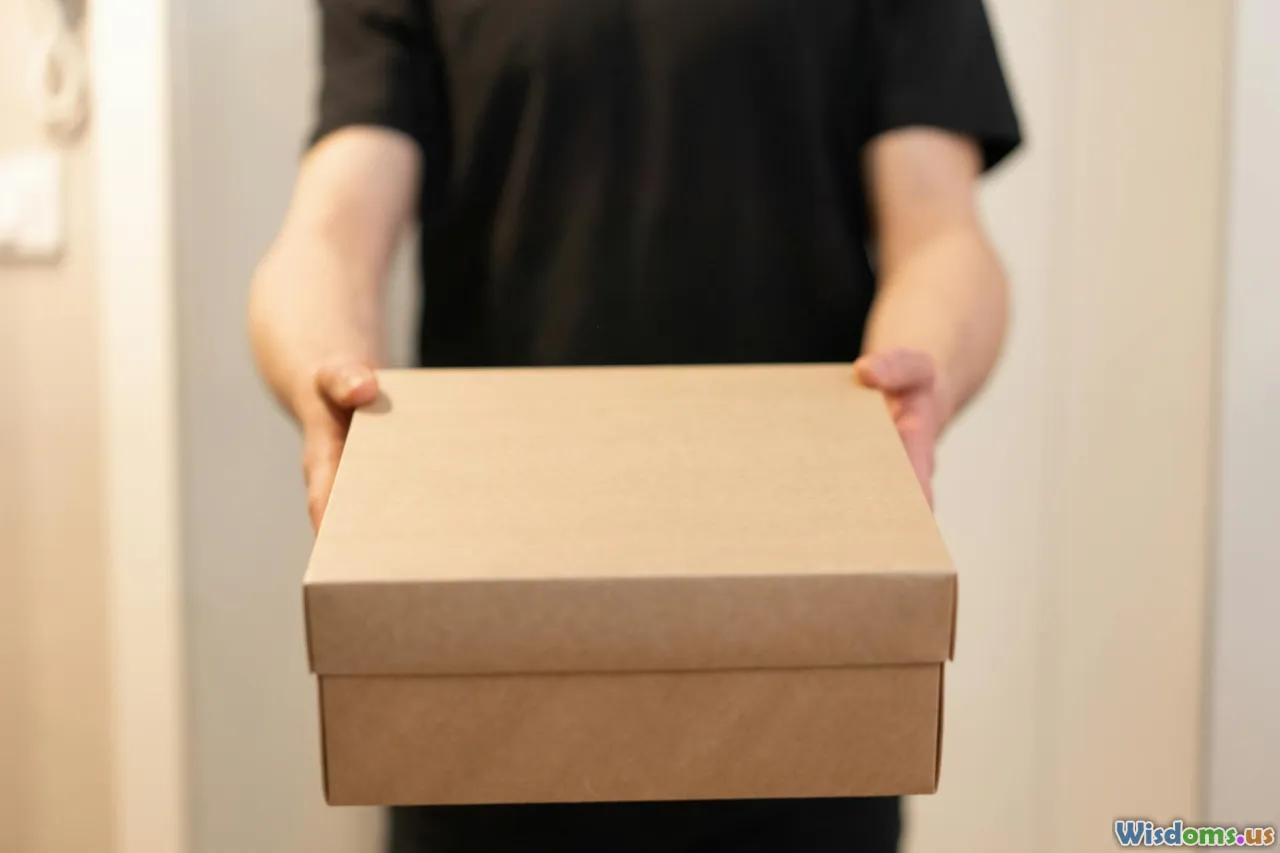
Even for eco-conscious brands, the unboxing moment is critical. Here’s how you can wow customers sustainably:
- Use nature-inspired touches: Pressed flowers, jute twine, or hand-drawn thank-you cards on recycled cardstock.
- Embed a Green Message: Print a QR code leading to a landing page sharing your business’s eco efforts and packaging life cycle.
- Encourage Social Sharing: Use hashtags like #EcoUnbox, offer a giveaway for the best photo while using your packaging for a second purpose.
- Printable Care Sheets: Digital care instructions accessed by scanning a code instead of extra paper.
Example: The jewelry brand ‘Wild Fawn’ sends orders wrapped in fabric offcuts, eliminating waste and inspiring Instagram sharing.
Navigating Common Challenges and Misconceptions

Myth 1: Eco packaging is always more expensive.
- Truth: Not so! Consider material right-sizing, reuse, and reduced filler. Over time, shipping lighter, more compact boxes can offset higher per-piece material costs.
Myth 2: Green packaging limits custom printing and creativity.
- Truth: Soy inks, recycled cardboard, and compostable label options allow for gorgeous, bespoke, and sustainable designs. Check out tattoo artist @shopmorningjoy’s illustrated recycled boxes as a fun example.
Myth 3: Small businesses can’t access low-minimum or branded eco packs.
- Truth: Suppliers like Noissue and Packhelp cater specifically to smaller brands—some with minimums as low as 100 units.
Myth 4: Customers don’t care about packaging details.
- Truth: More buyers are asking fast, specific questions about packaging’s sustainability and will share their appreciation (or dissatisfaction) online.
Tip: If in doubt, survey your customers post-purchase for direct feedback about packaging preferences.
Steps to Get Started with Eco Packaging
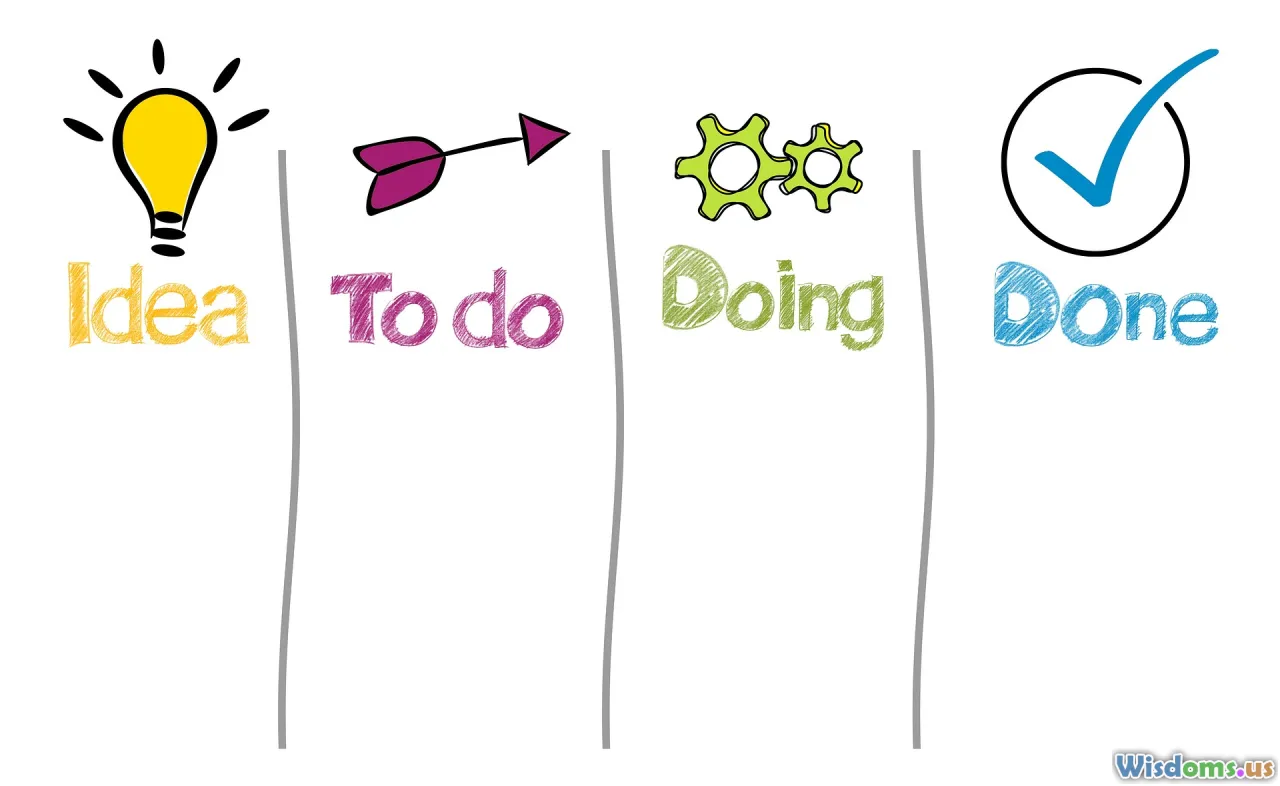
Ready to switch? Follow this checklist for a smooth transition:
1. Audit what you currently use and where you can improve.
2. Research local and online eco-suppliers; gather pricing and samples.
3. Test for fit, durability, and the overall look. Don’t ship out before stress-testing new solutions.
4. Train your team or packers on use/disposal instructions to offer coherent customer support.
5. Communicate your eco shift online and in every package (through cards or stickers).
6. Review & Iterate: Collect customer feedback and continue refining your solution.
Real Small Business Success Stories
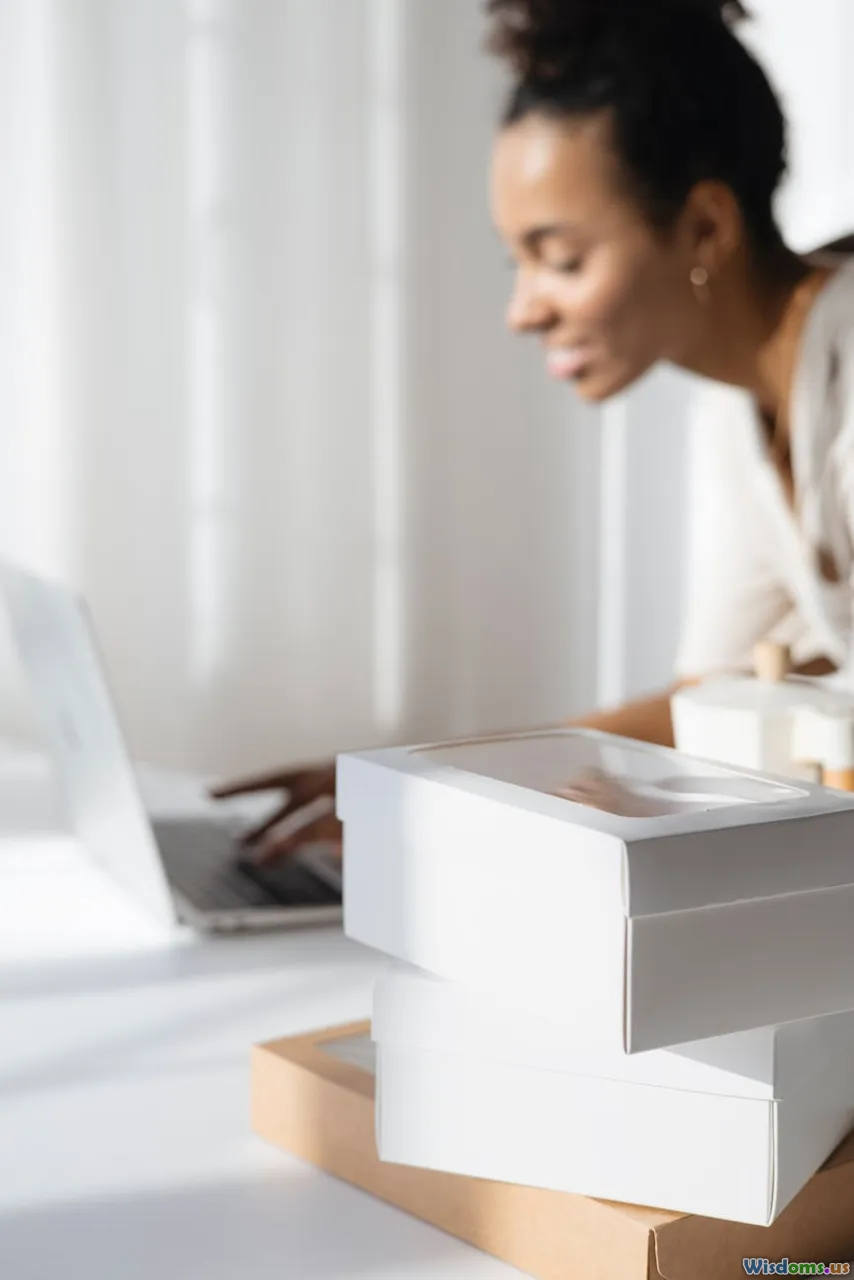
Little Market Bakery (Las Vegas, NV)
Swapped plastic for compostable cellophane, switched boxes to 100% recycled board, and invites customers to bring their reusable containers for a discount. They noticed a 20% jump in local word-of-mouth sales just through Instagram shout-outs.
Cirkul (Canada)
Started with generic kraft boxes and, with growing volume, moved to boxes printed with vegetable inks. They’ve also partnered with a local artist for seasonal eco label runs—earning press locally.
Luna Boutique (Australia)
Ships all jewelry in reusable organic cotton pouches inside a recycled cardboard mailer. Their customers cite packaging as a top reason for repeat purchases.
Next Steps: Make Your Packaging Matter
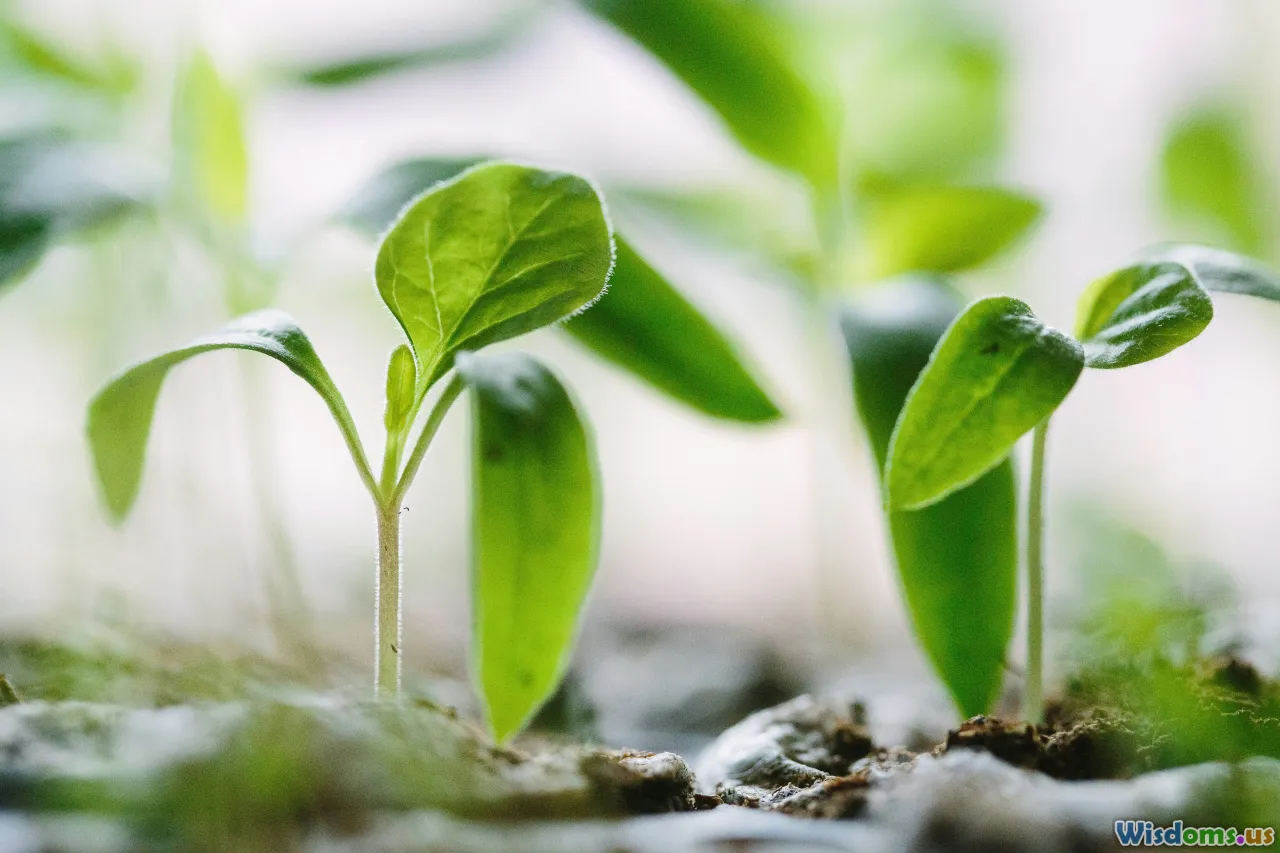
Eco friendly packaging isn’t just a trend—it’s a movement powered by customers and communities demanding something better. As a small business owner, this is an opportunity to reduce your carbon footprint, stand out in a crowded market, and forge meaningful brand connections.
Every box shipped, pouch sealed, and unboxing shared has the power to change minds and habits—yours, your customers’, and even your suppliers’. Start your eco-packaging journey not with perfection, but with progress: a single shipment, a creative sticker, a thank-you note printed on seed paper. Your efforts will encourage others, and every step forward counts for the planet.
Rate the Post
User Reviews
Popular Posts










